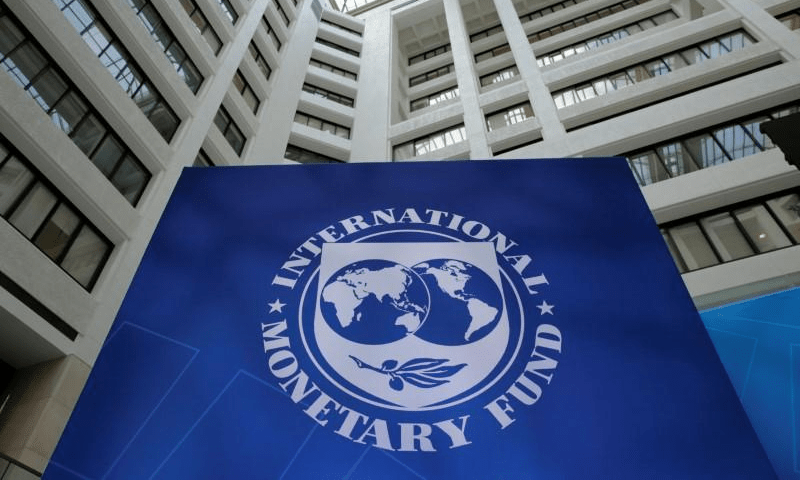
[ad_1]

ISLAMABAD: Amid delays in securing an International Monetary Fund (IMF) support package, Pakistan’s foreign assistance inflows plunged by 60 per cent to $2.3 billion in the first quarter of the current fiscal year (July-September), down from about $5.73bn in the same period last year.
In its monthly report on Foreign Economic Assistance (FEA) released on Tuesday, the Economic Affairs Division (EAD) said the country received $1.3bn in the first quarter against an annual target of $19.4bn.
This marks a significant decrease from the $3.527bn received in the same period last year when the yearly target was $17.6bn.
The report does not account for around $1bn disbursed by the IMF on the final day of September, which is recorded separately by the State Bank of Pakistan.
Decline mainly attributed to delay in securing IMF support package
In the previous fiscal year, the IMF released $1.2bn in early July, boosting Pakistan’s inflows to $2.9bn for the month. In contrast, inflows in July this year were a mere $436m. The EAD reported that inflows for September this year amounted to $594m compared to $321m in the same month last year.
Out of $1.3m inflows in the first quarter, about $663m was received for budgetary support or programme loans and the remaining $645m for project financing. During the same period a year ago, the EAD secured about $875m as project aid and more than $2.5bn as programme loans.
Of the total, inflows from multilaterals stood at $493m this year — almost the same level as last year — while bilateral disbursements stood at $250m in the first quarter of the current year against $325m last year.
The EAD reported receiving about $200m in loans from foreign commercial lenders in the first quarter of the current year, showing a minor recovery from commercial banks that had stayed away from financing Pakistan last year.
Pakistan also received $375m inflows from overseas Pakistanis through the Naya Pakistan Certificates compared to $204m a year ago.
The World Bank led the multilaterals with a $277m disbursement in the first quarter of the current year, slightly lower than its $300m releases last year.
This was followed by $114m from the Asian Development Bank and $62m from the Islamic Development Bank. Among the bilateral lenders, China stood out with $97m disbursements, followed by $90m from France and $36m from the United States.
Published in Dawn, October 30th, 2024
[ad_2]
Source link






